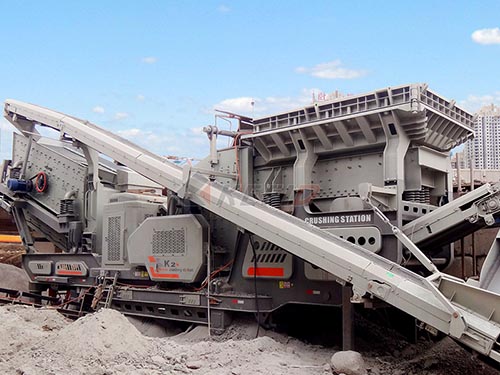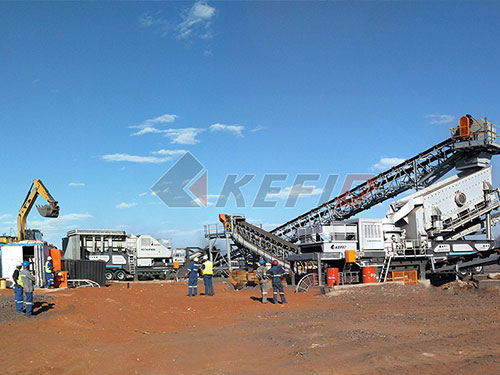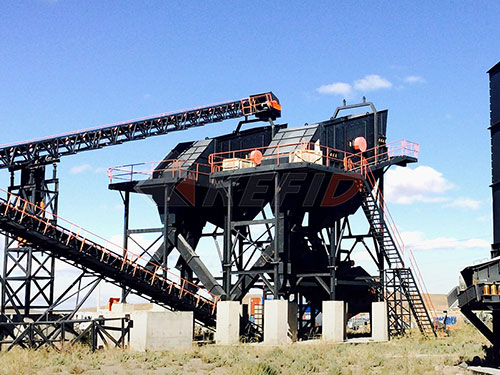The Unseen Powerhouse: Delving Deep into the World of Stone Crusher Rollers
Within the thunderous heart of quarries and aggregate processing plants lies a critical component often overshadowed by massive jaws and spinning cones – the stone crusher roller. These robust cylinders are fundamental workhorses in various crushing mechanisms, bearing immense loads while facilitating the primary reduction of rock into usable sizes. Understanding their design, function, materials, maintenance nuances, and operational impact is crucial for maximizing crushing efficiency, minimizing downtime, and optimizing overall plant profitability.
The Fundamental Role: Compression and Reduction
At its core, a stone crusher roller operates on the principle of compression crushing. Rock fragments fed into the crusher are nipped between rotating rollers or between a roller and a static surface (like an anvil plate). As the gap between these surfaces is smaller than the size of the feed material entering it:
1. Nip Angle: The angle formed by the tangents to the roller surfaces at their point of contact with the rock particle creates a mechanical advantage.
2. Compressive Force: As the rollers rotate towards each other (or one rotates towards a fixed plate), immense compressive force is exerted on the trapped rock.

3. Fracture Propagation: This force exceeds the rock’s compressive strength, causing internal fractures to propagate through its structure.

4. Size Reduction: The rock shatters along natural fracture lines or planes of weakness created by stress concentration at points of contact.
5. Discharge: Once sufficiently fractured and reduced below the gap setting dimension (“closed side setting”), gravity pulls it downward through this opening onto discharge conveyors or screens for further processing.
This seemingly simple process demands components capable of enduring extraordinary stress cycles involving impact loading from large rocks followed by sustained high-pressure compression as particles are crushed.
Types of Roller Crushers & Their Rollers
Roller crushers come in several primary configurations:
1. Double Roll Crushers: Feature two counter-rotating rolls mounted horizontally on parallel shafts.
Roller Types: Both rolls are typically identical in diameter and surface profile.
Function: Material falls between them from above; both rolls contribute equally to crushing force generation via rotation towards each other.
Applications: Medium-hard materials like coal, limestone, gypsum; secondary/tertiary reduction stages; precise control over product size achievable via adjustable roll gap spacing mechanisms using hydraulic cylinders or mechanical springs/shims acting on bearing housings

Leave a Reply